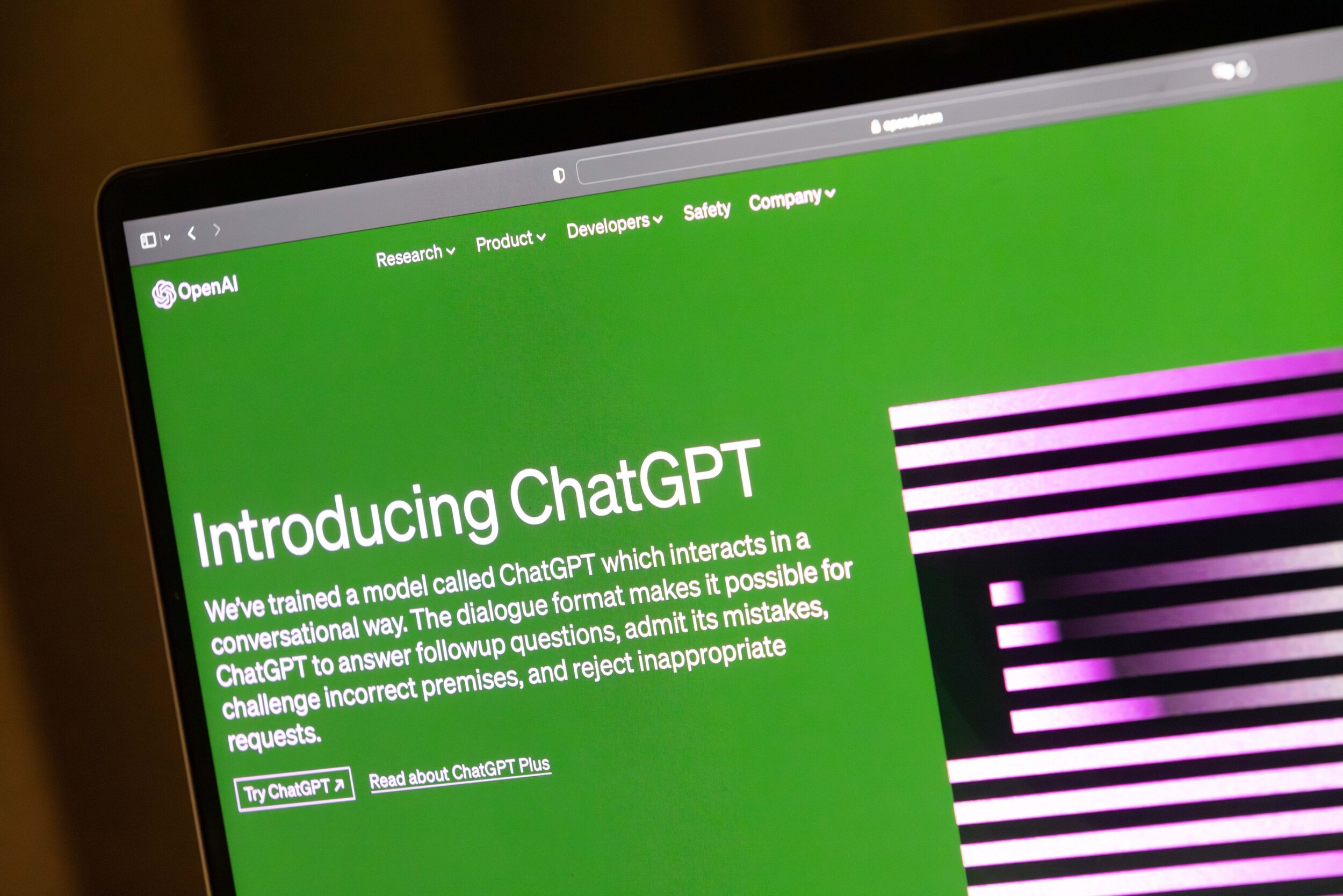- Innovation Profs Newsletter
- Posts
- Innovation Profs - 6/25/2024
Innovation Profs - 6/25/2024
Your weekly guide to generative AI tools and news
Generative AI News
OpenAI competitor Anthropic announces its most powerful AI yet
On Thursday, Anthropic announced Claude 3.5 Sonnet, the most powerful model in the family Anthropic’s Claude models, even exceeding the performance of Claude 3 Opus with respect to speed, cost, and overall intelligence (as measured by standard benchmarking tests). According to an Anthropic release, “[Claude 3.5 Sonnet] shows marked improvement in grasping nuance, humor, and complex instructions, and is exceptional at writing high-quality content with a natural, relatable tone.” Anthropic even claims that their new model outperforms the recently released GPT-4 Omni. Claude 3.5 Sonnet is now freely available at claude.ai.
Report: Amazon developing AI chatbot that would compete with ChatGPT and others
According to Business Insider, Amazon is developing a “consumer-focused” chatbot to compete with ChatGPT. The web-based tool, code-named Metis, will reportedly be powered by a new large language model. In addition, the new tool will likely draw on some of the same features behind “Remarkable Alexa,” a new version of the voice assistant that will include a paid tier.
Record Labels Sue Two Startups for Training AI Models on Their Songs
Yesterday the Recording Industry Association of America (RIAA) filed a pair of lawsuits against Suno AI and Uncharted Labs Inc., the company behind music generation tool Udio AI. According to the lawsuit, Suno AI and Udio AI have been training their music generation AI models on “massive amounts of copyrighted sound recordings.” According to Mitch Glazier, CEO of the RIAA, “The music community has embraced AI, and we are already partnering and collaborating with responsible developers to build sustainable AI tools centered on human creativity that put artists and songwriters in charge. But we can only succeed if developers are willing to work together with us. Unlicensed services like Suno and Udio that claim it’s ‘fair’ to copy an artist’s life’s work and exploit it for their own profit without consent or pay set back the promise of genuinely innovative AI for us all.” The RIAA is seeking up to $150,000 “per work infringed,” which could result in a judgement against the companies of upwards of billions of dollars.
Adobe Says It Won’t Train AI Using Artists’ Work. Creatives Aren’t Convinced
Back in February, when Adobe released their updated terms of service, users learned that their work could be used to train Adobe’s AI models, or at least how they understand the new conditions. Now Adobe has responded with yet another update to their terms of service, pledging to not train their AI models on users’ content while allowing users to opt out of Adobe’s content analytics. This update has not allayed the skepticism of some Adobe users, including Jon Lam, a senior storyboard artist at Riot Games, who thinks Adobe will still train future Firefly models with user content: “They already broke our trust.”
Meta just dropped an open source GPT-4o style model — here’s what it means
Last week, Meta released Chameleon, a new open source family of models that features vision capabilities not shared by Meta’s Llama models. With this new development, Meta now has models that are comparable to Google’s Gemini Pro and OpenAI’s GPT-4V (GPT-4 with vision) in their ability to process visual inputs.
Quick Hits
Tool of the week: Synthesia
If you’ve attended one of our workshops, you have heard us sing the praises of Synthesia as a tool for creating avatar videos. It’s great for training videos or promotional videos. Now it has even more options.
Synthesia this week announced full body avatars and the ability to produce AI avatars using webcams or a phone.
Learn more about these and more new features in Synthesia 2.0.
Innovation Profs Homework
We’re looking or real-life examples of how people save time in their job using generative AI tools. Your homework this week: reply to this email and tell us examples of how you save time with gen AI tools.
AI-generated image of the week
Professor Snider turns 48 this week, so he was curious if DALL-E could make a birthday cake with 48 candles on top. The answer: no. Actually, twice it created cakes with the number 46 on top. Perhaps Snider just doesn’t look 48.
None of the other image tools did any better. Here’s DALL-E’s result:

prompt: create an image of a birthday cake with 48 candlesGenerative AI tip of the week
Three tips for creating better generative AI images:
Use Detailed Prompts: The more specific you are with your description, the better the AI can generate an image that meets your expectations. Include details about colors, setting, mood, lighting, and any specific objects or characters.
Experiment with Styles: Don't hesitate to experiment with different artistic styles. Whether it's realism, impressionism, or surrealism, trying different styles can lead to unique and surprising results.
Incorporate Randomness Sparingly: While a bit of randomness can lead to creative results, too much can make the image look chaotic. Use randomness to add unexpected elements but keep it under control.
Get starting with Generative AI
New to generative AI? Here are some places to start…
What we found
15 prompting principles:
Welcome to the first-ever ChatGPT-4o University ↓
No Textbooks, No Fees
Just 15 Prompting Principles (save this forever):
— EyeingAI (@EyeingAI)
12:32 PM • Jun 22, 2024






/cdn.vox-cdn.com/uploads/chorus_asset/file/25496797/PXL_20240618_190134494.jpg)